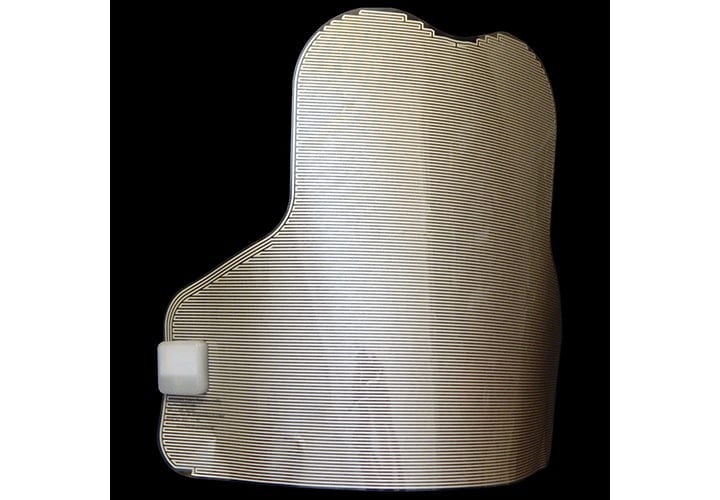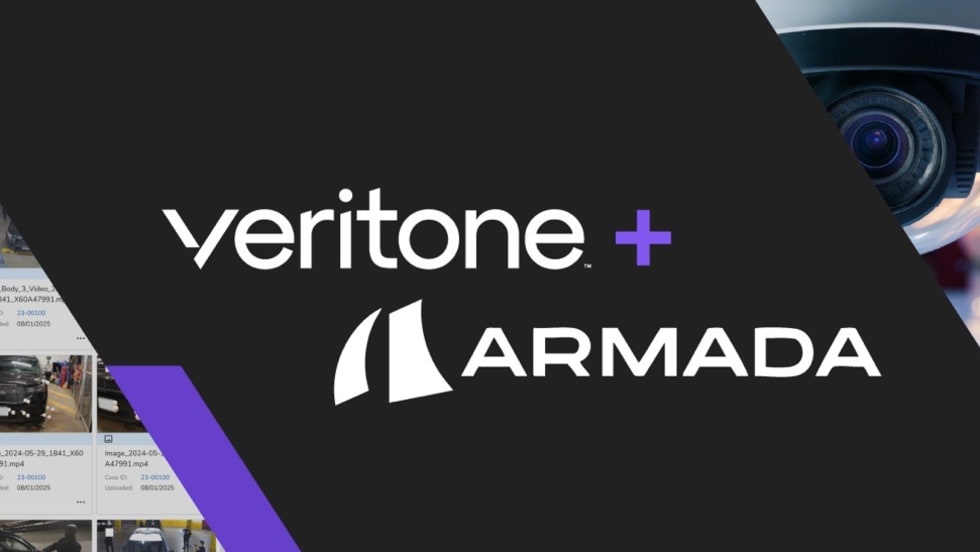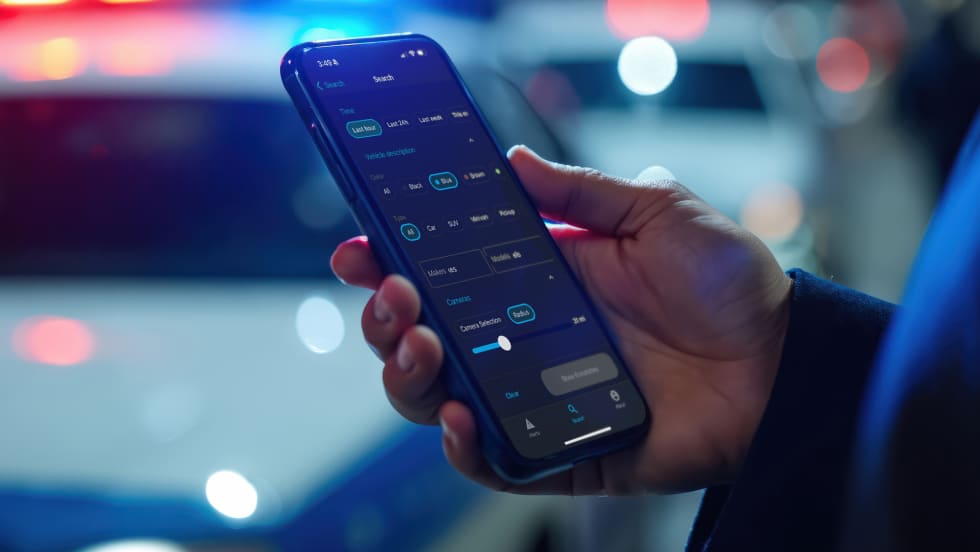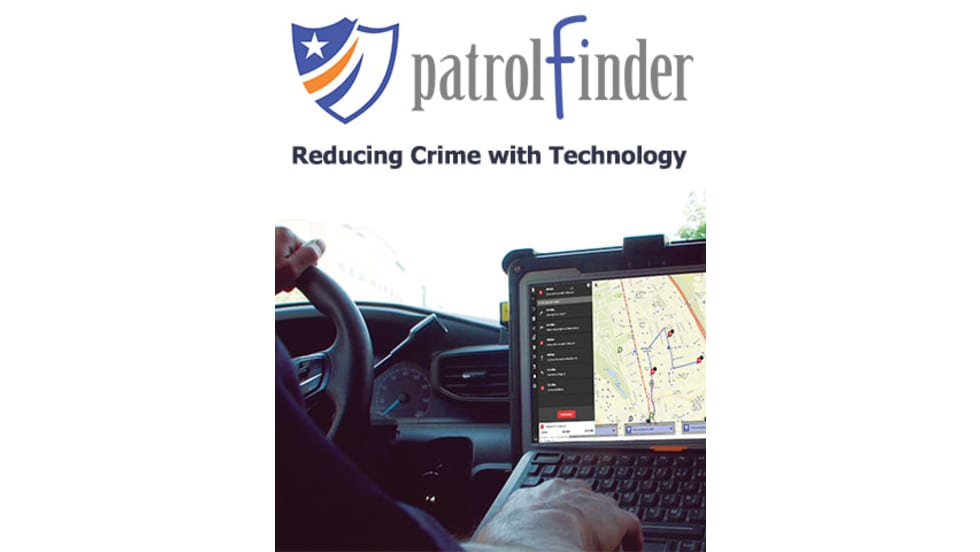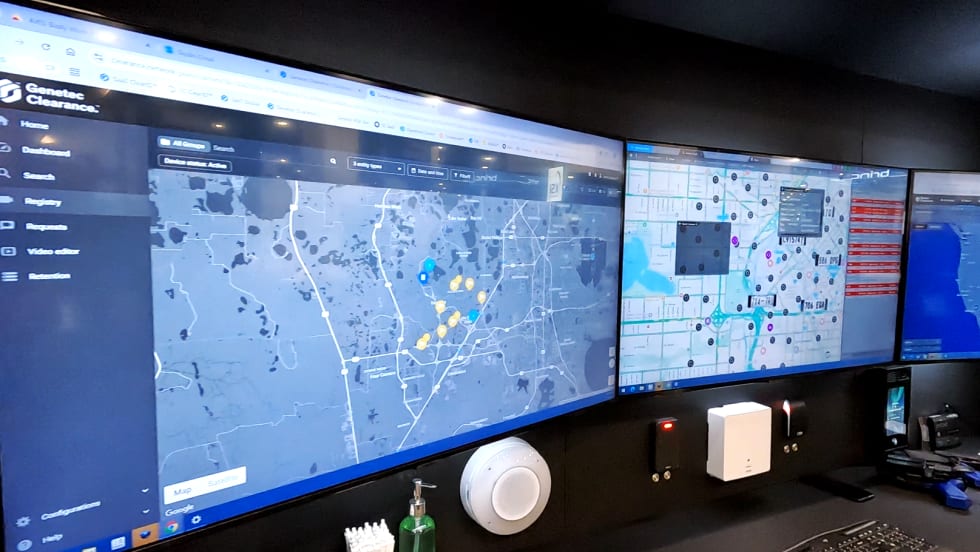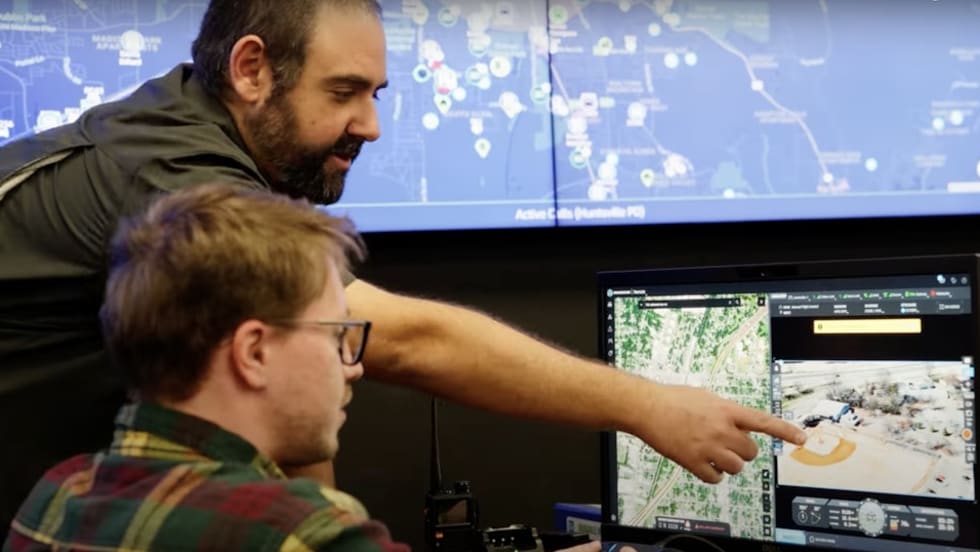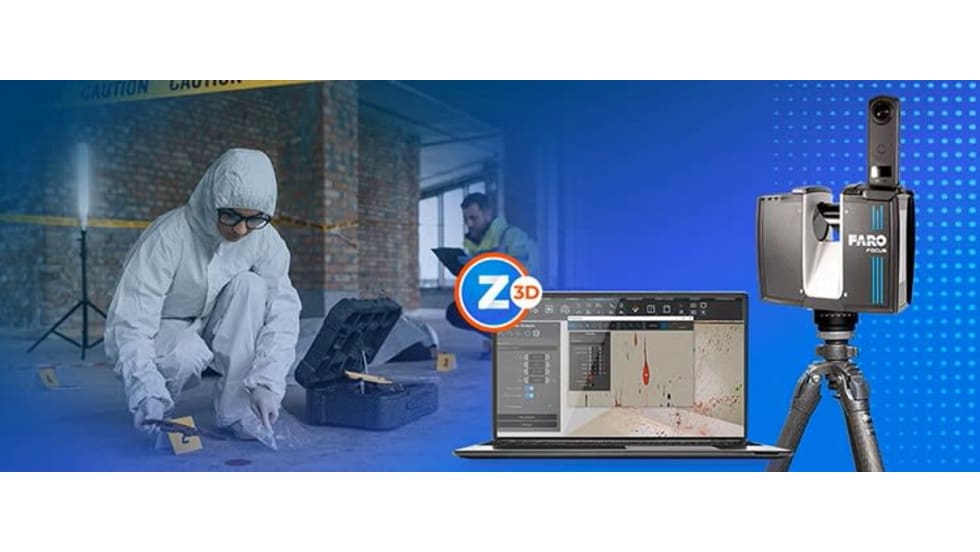When a bullet or edged weapon pierces a law enforcement officer's ballistic vest, it means an officer is in danger and likely injured. The faster other officers and medical personnel can respond to provide assistance, the better. Getting these people information about the officer, the injury, and details of the scene is essential to facilitating quick response. But what if the officer is incapacitated and unable to put this information out over the radio? How will responders find the injured officer if he or she is away from the department vehicle? New technology can help.
The Automated Injury Detection (AID) device uses a high-tech fabric with sensors to recognize when an officer has been shot or stabbed in the vest. Within a few seconds it sends a notification via the officer's Android smartphone to up to 30 phone numbers. These pre-programmed numbers can include those of other officers and medical personnel. The notification includes a special audible tone as well as a text that provides the officer's identity, where the officer is located on a map with GPS coordinates, where the officer was hit (front, back, upper chest, lower chest, upper back, lower back), and any preloaded information such as blood type and allergies.



